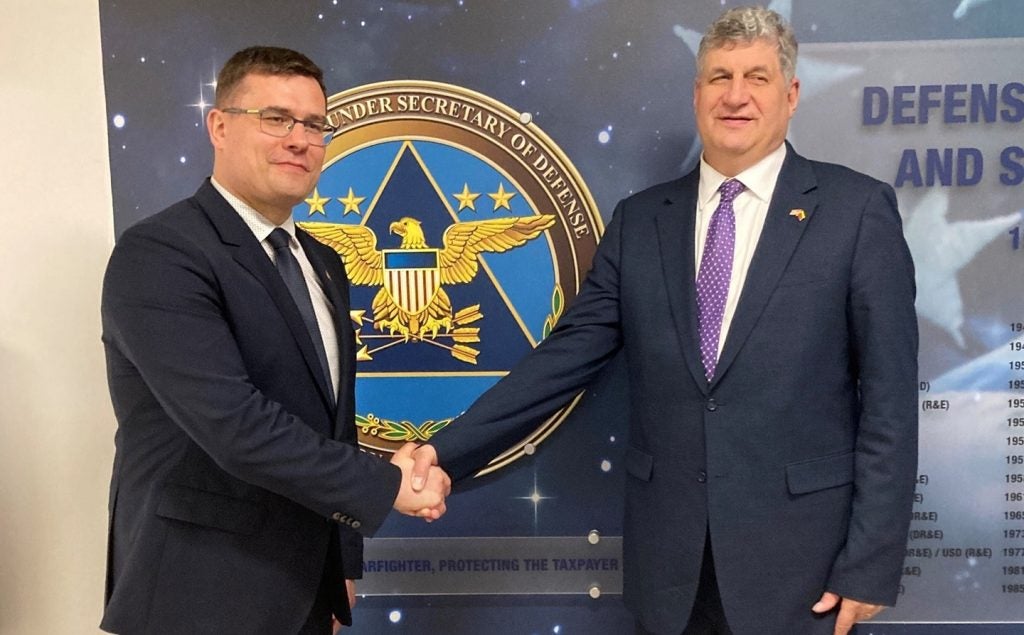
The US Air Force (USAF) has performed a flight test of the new HH-60W combat search and rescue helicopter.
The test was conducted on 11 July by the USAF’s 413th Flight Test Squadron (FLTS) at Sikorsky Aircraft Development Flight Center in West Palm Beach.
It marks the first airforce-piloted flight of the HH-60W helicopter.
The flight test was aimed at providing early troop involvement and operationally relevant developmental testing.
The USAF is procuring the HH-60W aircraft based on the US Army’s UH-60M Black Hawk helicopter.
Sikorsky has customised the aircraft to support missions such as locating and rescuing pilots in hostile territory.
How well do you really know your competitors?
Access the most comprehensive Company Profiles on the market, powered by GlobalData. Save hours of research. Gain competitive edge.

Thank you!
Your download email will arrive shortly
Not ready to buy yet? Download a free sample
We are confident about the unique quality of our Company Profiles. However, we want you to make the most beneficial decision for your business, so we offer a free sample that you can download by submitting the below form
By GlobalDataThe service will use 113 HH-60W combat rescue aircraft to replace its ageing HH-60G Pave Hawk helicopters.
USAF 413th FLTS operations officer lieutenant colonel Wayne Dirkes said: “Our entire team has been focused on bringing together a lot of moving parts to get here today. We are really excited to be a part of recapitalising a vital component of our warfighting strategy.”
According to the USAF, the key objective of the test flight was to collect level flight performance data.
The data will set the stage for the programme to move into the production and deployment phase of the acquisition process.
During the flight, the crew carried out an instrumentation and telemetry checkout with the control room and collected basic engine start data.
In addition, the USAF crew flew referred gross weight level flight speed sweeps.
Dirkes added: “Performance testing requires extremely precise aircraft control, and our test pilot maintained tolerances of plus or minus 1k of airspeed, 20ft of altitude and less than 100ft per minute vertical speed, flying by hand.”
The first flight marks the start of integrated government and contractor flight test operations.







